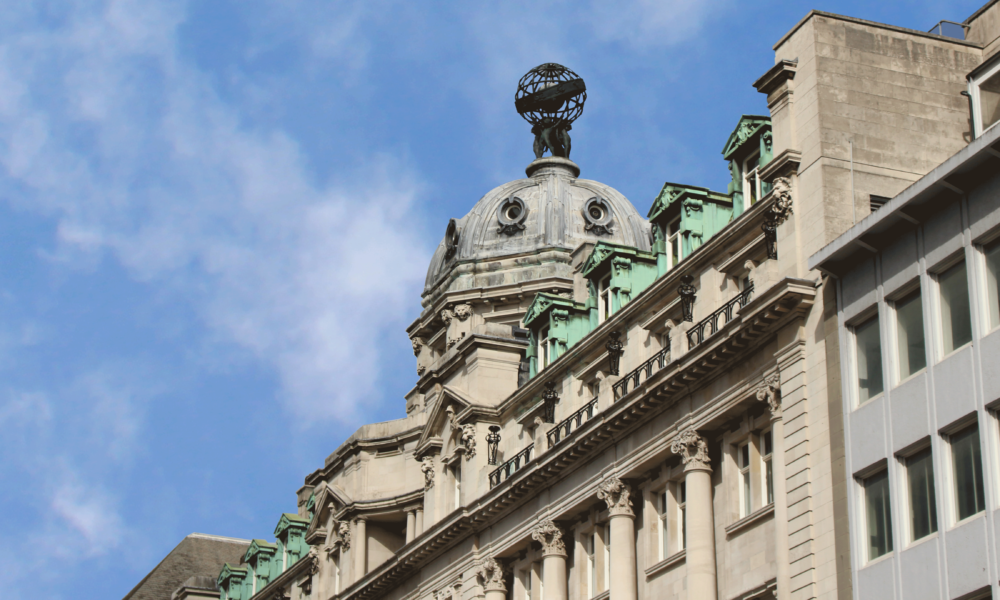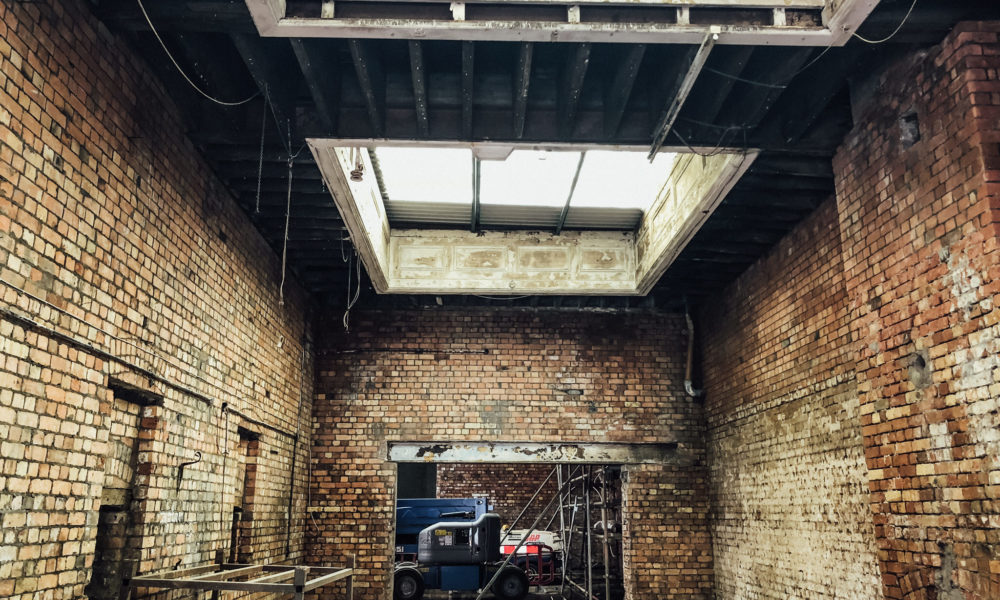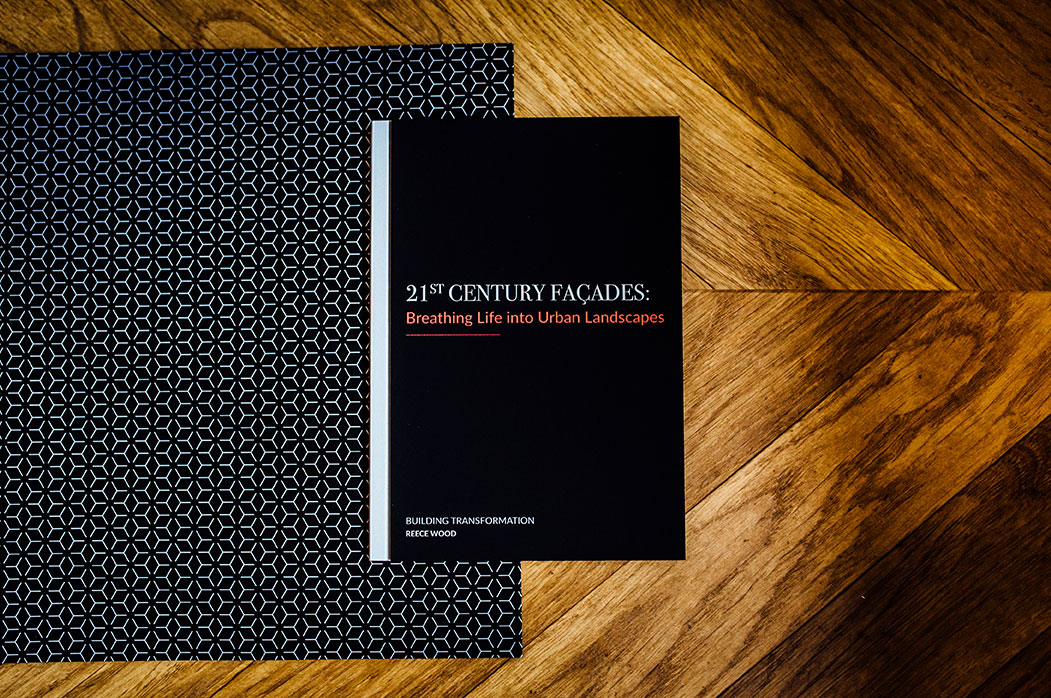The welcome news that London’s Grade II listed Battersea Power Station has been removed from Historic England’s Heritage at Risk Register is another reminder of the importance of preserving historic buildings. Built in 1929, the Power Station was decommissioned in 1983 and, after years of neglect, added to the Register in 1991. But after extensive and complex preservation and conservation work, including enhancing the buildings four iconic chimneys, the historic building has been brought back to life and repurposed as a retail and leisure destination.
Restoring important historic landmarks like the capital’s Power Station preserves an important part of our history and successfully future-proofs the building for generations to come.
What is historic building preservation?
Historic building preservation is the process of preserving and protecting sites and structures that reflect local, national, cultural, economic, social, political, architectural or archaeological history. Preserving these older and fragile buildings and structures is often a complex and time-consuming task that brings together various experts and professionals in historic preservation. Those involved have to know how to protect and preserve historic buildings and be able to do appropriate research, determine what’s worthy of historic designation, and navigate the myriad of local and national regulations when working with historical sites.
Heritage preservation in the UK
For over a century, consecutive UK governments have recognised the need for the protection of buildings and monuments. The first legislation for preserving historic sites was introduced in 1882 as the Ancient Monuments Protection Act. It provided guardianship for 50 prehistoric sites in Britain. The government continued to introduce Acts during the early 20th regarding the responsibility for historic sites:
Listed buildings
The Town and Country Planning Act of 1947 began listing structures considered historically, culturally and architecturally important. Despite this, the demolition of listed historical buildings continued into the 1960s until much more rigorous planning procedures were introduced. The Planning Act of 1968 introduced the concept of a listed building which has become a status that carries full statutory obligations of care and conservation.
English Heritage
The National Heritage Act of 1983 was responsible for creating English Heritage to take responsibility for heritage sites, including nurturing public interest in the historic environment.
The National Trust
Found in 1895, The National Trust is an independent charity that cares for heritage and countryside areas in the UK.
Importance of preserving historic buildings
A key part of what gives a town or city its character is the area’s history. Preserving historic buildings and structures, just like Battersea Power Station, is one way to acknowledge this history. They may represent a significant time in history, a specific style of architecture or a milestone in the city’s history. Old buildings and landmarks testify to a city’s cultural and aesthetic history and help give the community a sense of connection to the past. The older a building or structure is, the fewer examples there are left of its kind. Preservation of this irreplaceable heritage ensures its aesthetic, educational, cultural, economic, and inspirational benefits are maintained and enriched for future generations.
Economic benefits of historic preservation
Many older buildings, particularly those built before World War II, are made from higher quality materials than used today. Replacing these buildings with similar rare hardwoods would be both impractical and expensive. Meanwhile, many modern buildings typically have a relatively short life expectancy of just 30 to 40 years. But older buildings were built to last. Therefore, it makes economic sense to preserve these historic buildings and improve them where necessary to meet modern building standards. Historic buildings can also be repurposed into mixed-use developments or small business spaces, giving new life to an old building and perhaps even the entire region.
Important for tourism
While the restoration of historic buildings can greatly enhance the character of an area, it can also bring some much-needed investment to the region through tourism. Whether it’s the material used, some unusually placed marble, an intricately decorated corner or interesting brickwork, these unusual elements of an older building are what makes it more appealing and what draws visitors.
Aesthetic importance of older buildings
Older buildings are often made with unique and valuable materials and have detailing and features such as decorative facades, copper lining, unusual glasswork, and traditional methods of workmanship that cannot be found anymore. These distinctive features give older buildings their own identity and distinctive character, often making them much more interesting and aesthetically appealing than many modern buildings.
Historic preservation reduces environmental impact
Preserving old buildings also has important environmental connotations. It’s effectively recycling on a large scale. Reusing and repairing existing buildings ensures that material and energy resources are used more efficiently and reduces waste. It’s not necessary to create new materials or discard the materials from demolished buildings.
The waste generated from demolishing a building is often disposed of in incinerators or landfills, releasing more pollutants into the atmosphere. The construction industry uses around 400 million tonnes of material each year, resulting in 100 million tonnes of waste produced, with 25 million tonnes headed for the landfill. Furthermore, refurbishing rather than demolishing and rebuilding conserves energy and avoids the risk of releasing pollutants and toxins into the environment when a structure is torn down.
Preserving our past for the future
Preserving historic buildings is crucial to helping us understand our community’s and nation’s heritage. It’s also an economical and environmentally responsible practice. By reusing and refurbishing existing buildings through historic preservation, we can ensure that these precious links to our history are preserved so they can be celebrated and enjoyed for generations to come.
At Stone Cleaning Experts, we have extensive experience working with a variety of historic buildings. Our approach to façade and stone restoration and cleaning and roof repairs combines traditional and modern techniques to deliver the best results possible while at the same time respecting the history and complexities of a historic building. To find out how we can help you on your heritage building restoration project, call our team today on 01234 964016.


































